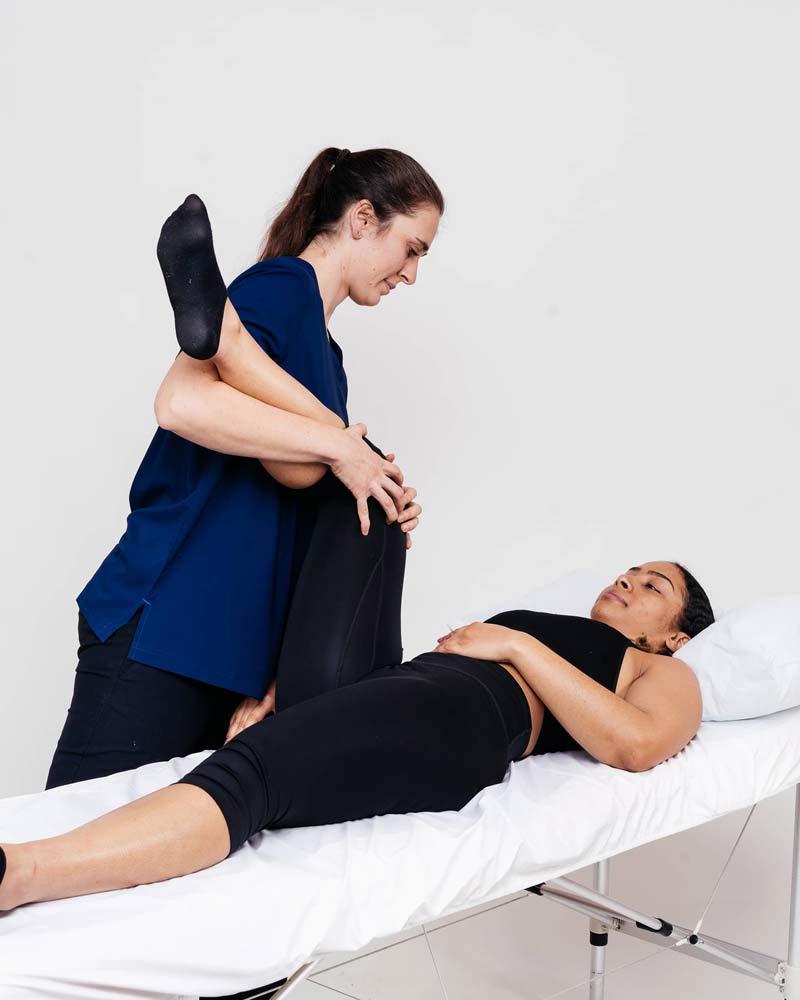DRY NEEDLING
WHAT IS DRY NEEDLING?
Dry needling involves inserting a fine, single-use needle into a myofascial trigger point, more commonly known as a ‘knot’ in the muscle, in order to reduce pain and restore function.
A myofascial trigger point is a band of contracted muscle fibres that has failed to relax after contraction of the muscle. A myofascial trigger point can lead to pain when touched, on movement, and when stretched.
Common causes of myofascial trigger points include sustained postures such as sitting at a desk, injury, and sudden or unexpected movements.
FAQS
HOW DOES MEDICAL ACUPUNCTURE/DRY NEEDLING WORK?
When the needle is inserted into the trigger point it creates a small trauma in the muscle tissue. The body will respond to this by:
- Increasing blood supply into the area.
- Influencing pathways that control pain levels.
- Influencing pathways that control muscle tightness local to the needling site.
Dry needling is best used as part of a wider treatment plan. We often integrate it into sessions alongside Osteopathic Treatment.
WHAT CAN DRY NEEDLING TREAT?
- Tennis/golfers’ elbow
- TMJ and jaw disorder
- Osteoarthritis
- Joint pain
- Achilles tendinitis
- Repetitive strain injury
- Back pain
- Whiplash
- Plantar fasciitis
- Rotator cuff dysfunction
ARE THERE ANY RISKS/SIDE EFFECTS?
Your initial case history will determine if dry needling is suitable for you as a treatment option. Your practitioner will then discuss side effects and risks associated with treatment.
Common side effects include:
- A temporary increase in symptoms.
- Local infection.
- Bruising.
Dry needling is not suitable for people taking blood thinning medication, those with a needle phobia or localised skin infection.
WHAT DOES RESEARCH SAY ABOUT DRY NEEDLING?
WHAT IS THE DIFFERENCE BETWEEN ACUPUNCTURE AND DRY NEEDLING?
Dry needling is the term used to describe Western use of needles to promote pain relief and healing. It is often used in conjunction with other therapies, such as physiotherapy and osteopathy. It involves focussing on painful trigger points within muscles.
WHY IS DRY NEEDLING CALLED DRY NEEDLING?
Our Approach
We let you tell your story. We ask a lot of questions. It's important to not only identify the source of your pain but also why you are experiencing it. At Tottenham Hale Osteopaths we recognise that in order to successfully overcome pain or injury there must be a partnership between patient and practitioner.
You can expect a treatment plan tailored to you delivered by a friendly, knowledgeable team.
